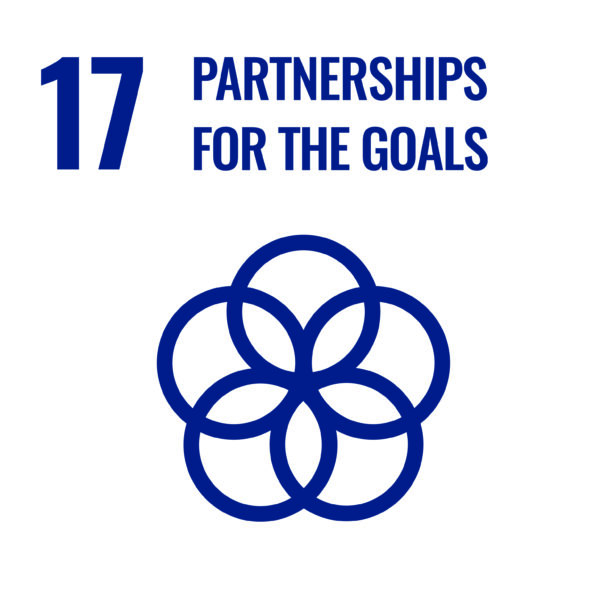The 1st International Conference on Sustainable Development and Innovation (ICSDI 2025) will be structured around the 17 United Nations Sustainable Development Goals (SDGs). Each goal will be addressed through specific sub-themes, ensuring a comprehensive exploration of sustainable development challenges and innovative solutions. Below is a detailed breakdown of the themes and sub-themes:
1. No Poverty (SDG 1)
- Innovative Approaches to Poverty Alleviation:
- Microfinance and social entrepreneurship.
- Digital tools for poverty mapping and monitoring.
- Universal basic income and social safety nets.
- Financial Inclusion and Sustainable Livelihoods:
- Access to credit and financial services for marginalized communities.
- Skills development and job creation in underserved areas.
- Role of technology in empowering low-income populations.
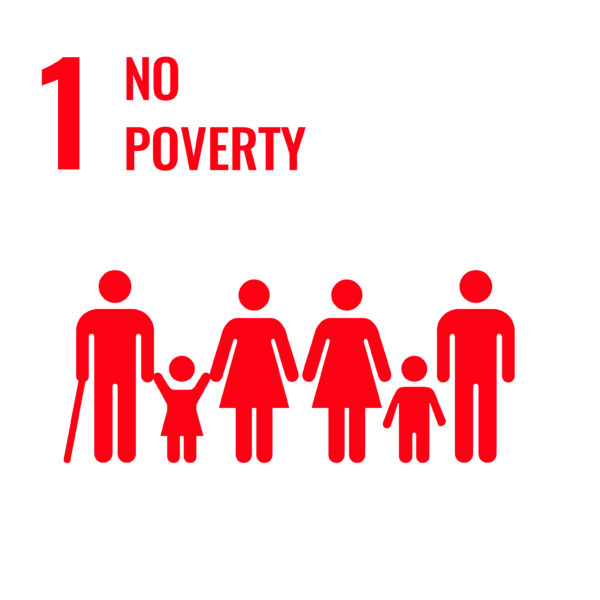
2. Zero Hunger (SDG 2)
- Sustainable Agriculture and Food Security:
- Climate-resilient farming practices.
- Agroecology and organic farming.
- Reducing food waste and loss across supply chains.
- Technology-Driven Solutions for Hunger Eradication:
- Precision agriculture and IoT in farming.
- Blockchain for transparent food distribution.
- Innovations in food storage and preservation.
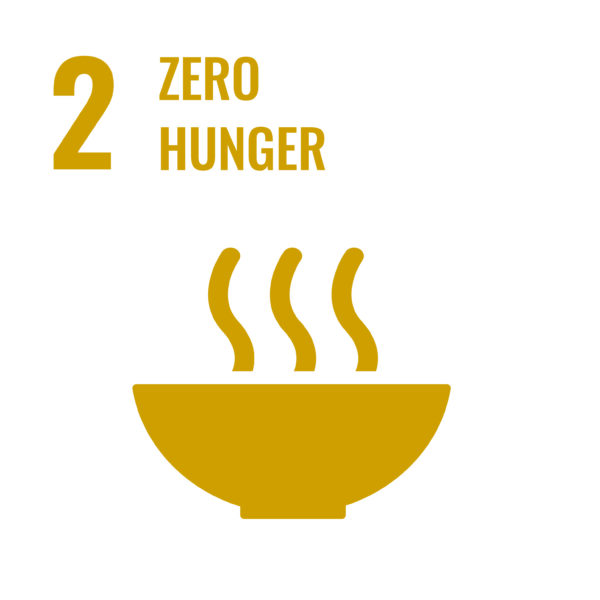
3. Good Health and Well-Being (SDG 3)
- Innovations in Healthcare Delivery:
- Telemedicine and digital health platforms.
- AI and machine learning in disease diagnosis and treatment.
- Universal health coverage and equitable access to care.
- Mental Health and Well-Being in a Changing World:
- Addressing mental health stigma and barriers.
- Digital tools for mental health support.
- Workplace well-being and stress management.
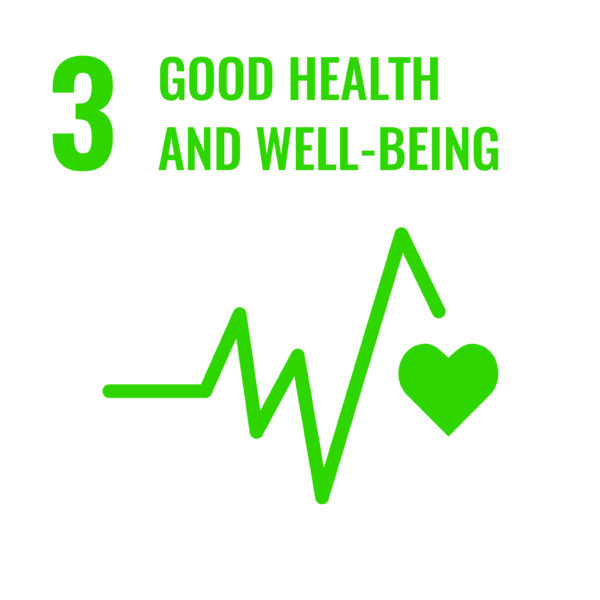
4. Quality Education (SDG 4)
- Inclusive and Equitable Education Systems:
- Education for refugees and displaced populations.
- Gender-sensitive and culturally responsive curricula.
- Lifelong learning opportunities for all.
- Digital Transformation in Education:
- E-learning platforms and virtual classrooms.
- Gamification and interactive learning tools.
- Bridging the digital divide in education.
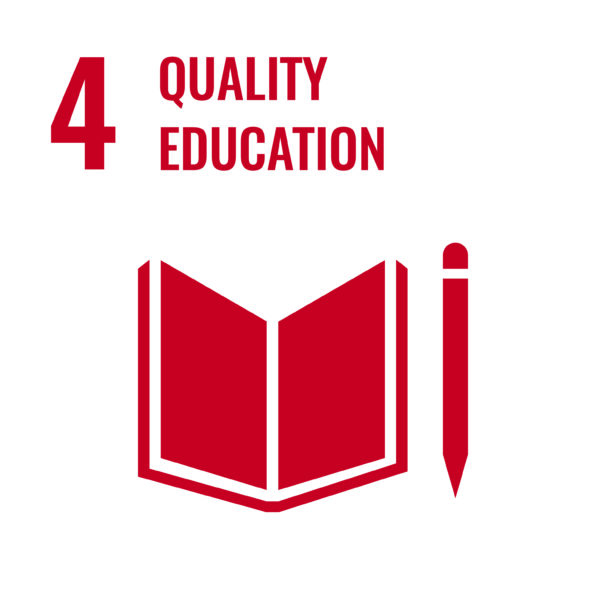
5. Gender Equality (SDG 5)
- Empowering Women and Girls Through Innovation:
- Women-led startups and entrepreneurship.
- Digital literacy and access to technology for women.
- Addressing gender-based violence through tech solutions.
- Addressing Gender Disparities in STEM Fields:
- Encouraging girls to pursue STEM education.
- Workplace policies for gender equity in tech industries.
- Mentorship and networking opportunities for women in STEM.
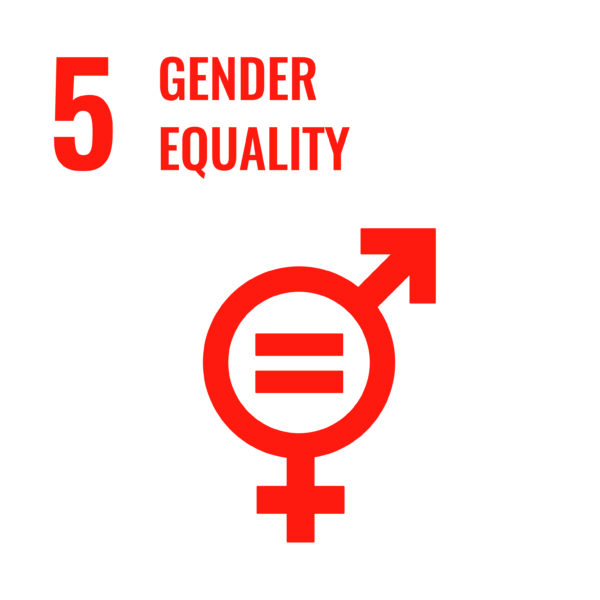
6. Clean Water and Sanitation (SDG 6)
- Sustainable Water Management Practices:
- Water conservation and efficient irrigation systems.
- Integrated water resources management (IWRM).
- Community-led water governance.
- Innovations in Water Purification and Sanitation:
- Low-cost water filtration technologies.
- Decentralized sanitation solutions.
- Smart water monitoring systems.
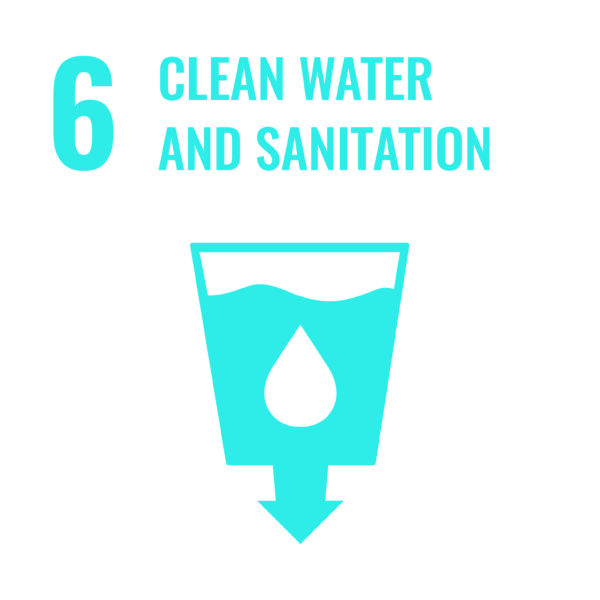
7. Affordable and Clean Energy (SDG 7)
- Renewable Energy Technologies:
- Solar, wind, and hydropower innovations.
- Energy storage solutions for renewables.
- Green hydrogen and bioenergy.
- Energy Access for All:
- Off-grid and mini-grid solutions for rural areas.
- Financing mechanisms for clean energy projects.
- Energy efficiency in buildings and industries.
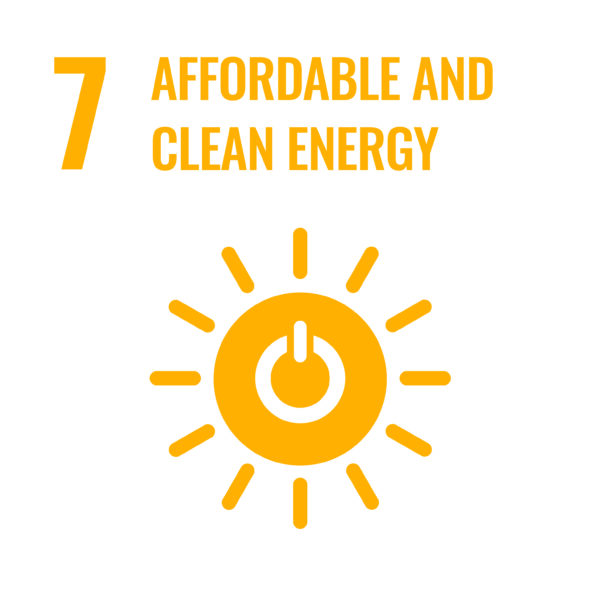
8. Decent Work and Economic Growth (SDG 8)
- Sustainable Economic Development:
- Green jobs and just transition strategies.
- Circular economy and sustainable business models.
- Economic diversification in resource-dependent regions.
- Entrepreneurship and Job Creation:
- Supporting SMEs and startups in emerging markets.
- Digital platforms for gig workers and freelancers.
- Youth employment and skills development programs.
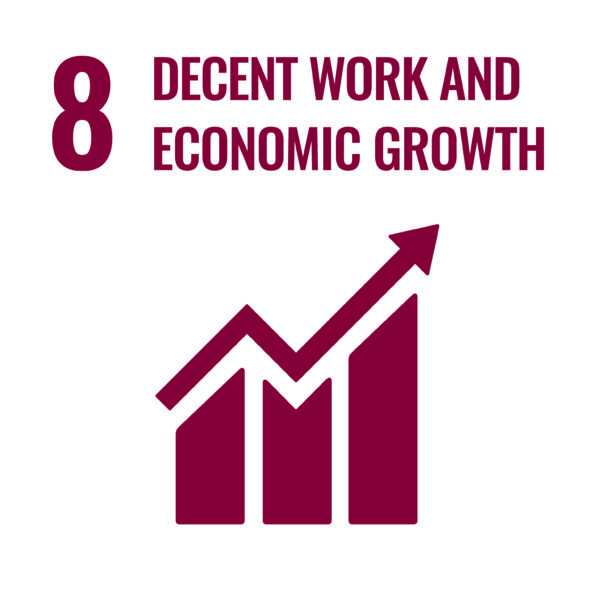
9. Industry, Innovation, and Infrastructure (SDG 9)
- Smart Infrastructure and Sustainable Cities:
- Green building technologies and materials.
- Smart transportation and urban mobility solutions.
- Resilient infrastructure for climate adaptation.
- Innovation Ecosystems for Sustainable Development:
- Public-private partnerships for R&D.
- Incubators and accelerators for green startups.
- Open innovation and knowledge sharing.
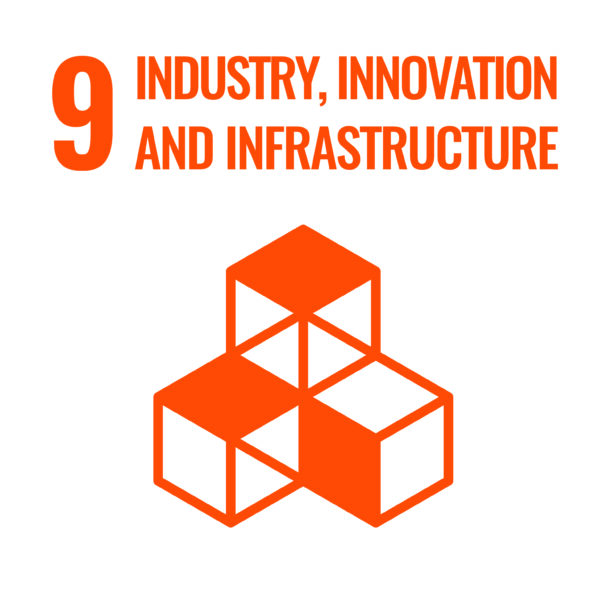
10. Reduced Inequalities (SDG 10)
- Bridging the Digital Divide:
- Affordable internet access for underserved communities.
- Digital literacy programs for marginalized groups.
- Inclusive design of digital technologies.
- Policies for Inclusive Growth:
- Progressive taxation and social protection systems.
- Addressing income and wealth disparities.
- Empowering indigenous and minority communities.
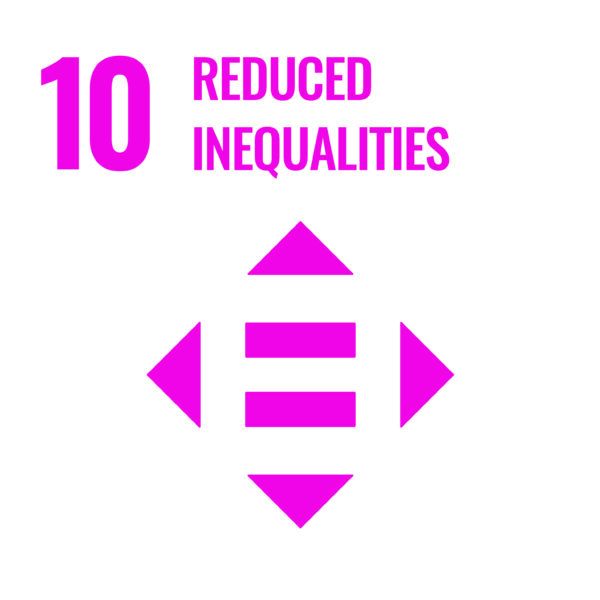
11. Sustainable Cities and Communities (SDG 11)
- Urban Planning for Sustainability:
- Compact and mixed-use urban development.
- Green spaces and biodiversity in cities.
- Participatory urban planning processes.
- Resilient and Inclusive Cities:
- Disaster risk reduction and climate adaptation.
- Affordable housing and slum upgrading.
- Smart city technologies for citizen engagement.
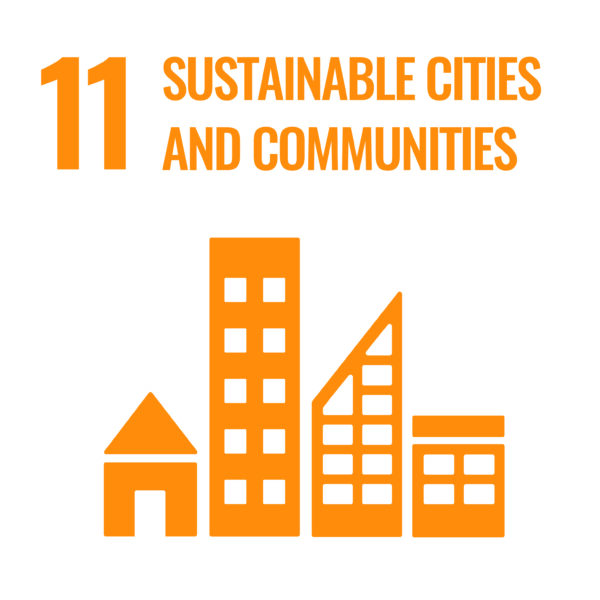
12. Responsible Consumption and Production (SDG 12)
- Circular Economy Models:
- Waste-to-resource initiatives.
- Product lifecycle assessment and eco-design.
- Sharing economy and collaborative consumption.
- Sustainable Supply Chains:
- Ethical sourcing and fair trade practices.
- Reducing carbon footprints in logistics.
- Transparency and traceability in supply chains.
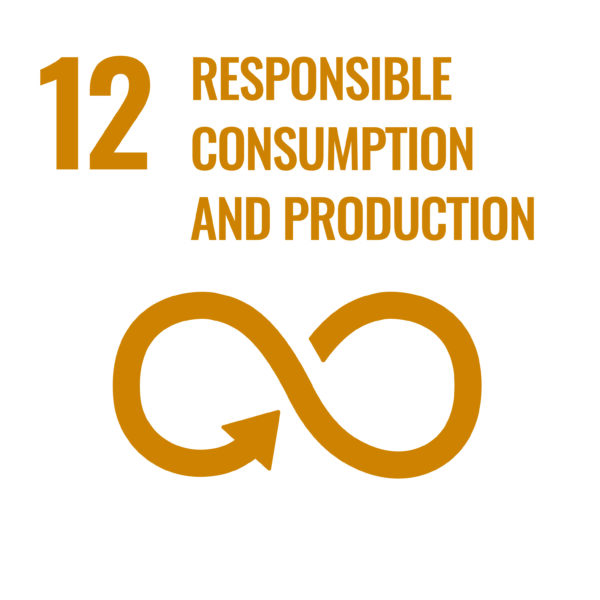
13. Climate Action (SDG 13)
- Mitigation and Adaptation Strategies:
- Carbon capture and storage technologies.
- Nature-based solutions for climate resilience.
- Climate-smart agriculture and forestry.
- Innovations in Climate Resilience:
- Early warning systems for extreme weather events.
- Community-based adaptation initiatives.
- Climate finance and green investments.
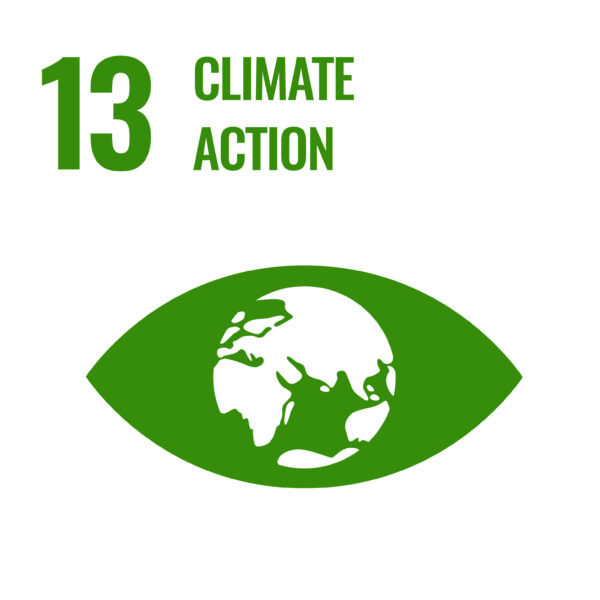
14. Life Below Water (SDG 14)
- Marine Conservation and Sustainable Fisheries:
- Marine protected areas and biodiversity hotspots.
- Sustainable fishing practices and aquaculture.
- Combating illegal, unreported, and unregulated (IUU) fishing.
- Combating Ocean Pollution:
- Reducing plastic waste and marine debris.
- Innovations in ocean cleanup technologies.
- Addressing oil spills and chemical pollution.
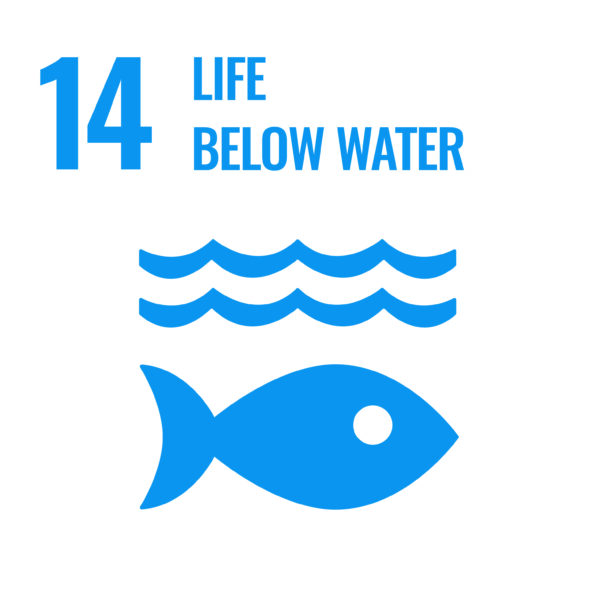
15. Life on Land (SDG 15)
- Biodiversity Conservation and Ecosystem Restoration:
- Reforestation and afforestation initiatives.
- Protecting endangered species and habitats.
- Sustainable land use and agroforestry.
- Sustainable Land Management:
- Combating desertification and land degradation.
- Soil health and regenerative agriculture.
- Indigenous knowledge in land stewardship.
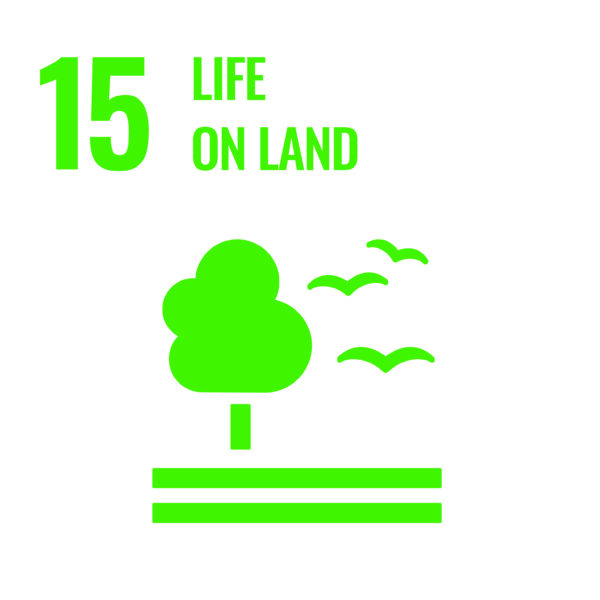
16. Peace, Justice, and Strong Institutions (SDG 16)
- Governance for Sustainable Development:
- Transparent and accountable institutions.
- Anti-corruption measures and digital governance.
- Citizen participation in decision-making.
- Innovations in Justice and Accountability:
- Access to justice for marginalized groups.
- Technology for legal aid and dispute resolution.
- Human rights and social justice initiatives.
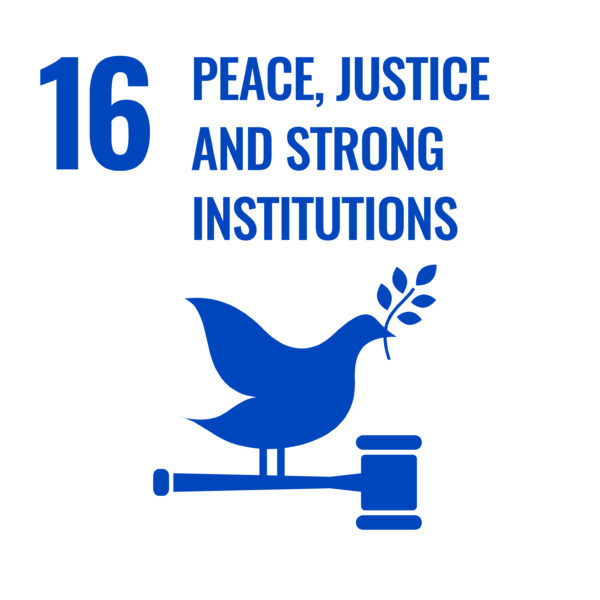
17. Partnerships for the Goals (SDG 17)
- Multi-Stakeholder Collaborations:
- Cross-sector partnerships for SDG implementation.
- Role of academia, industry, and civil society.
- Global networks and coalitions for sustainability.
- Global Partnerships for Sustainable Development:
- International cooperation and knowledge exchange.
- Financing mechanisms for SDG projects.
- Monitoring and evaluation of global partnerships.
